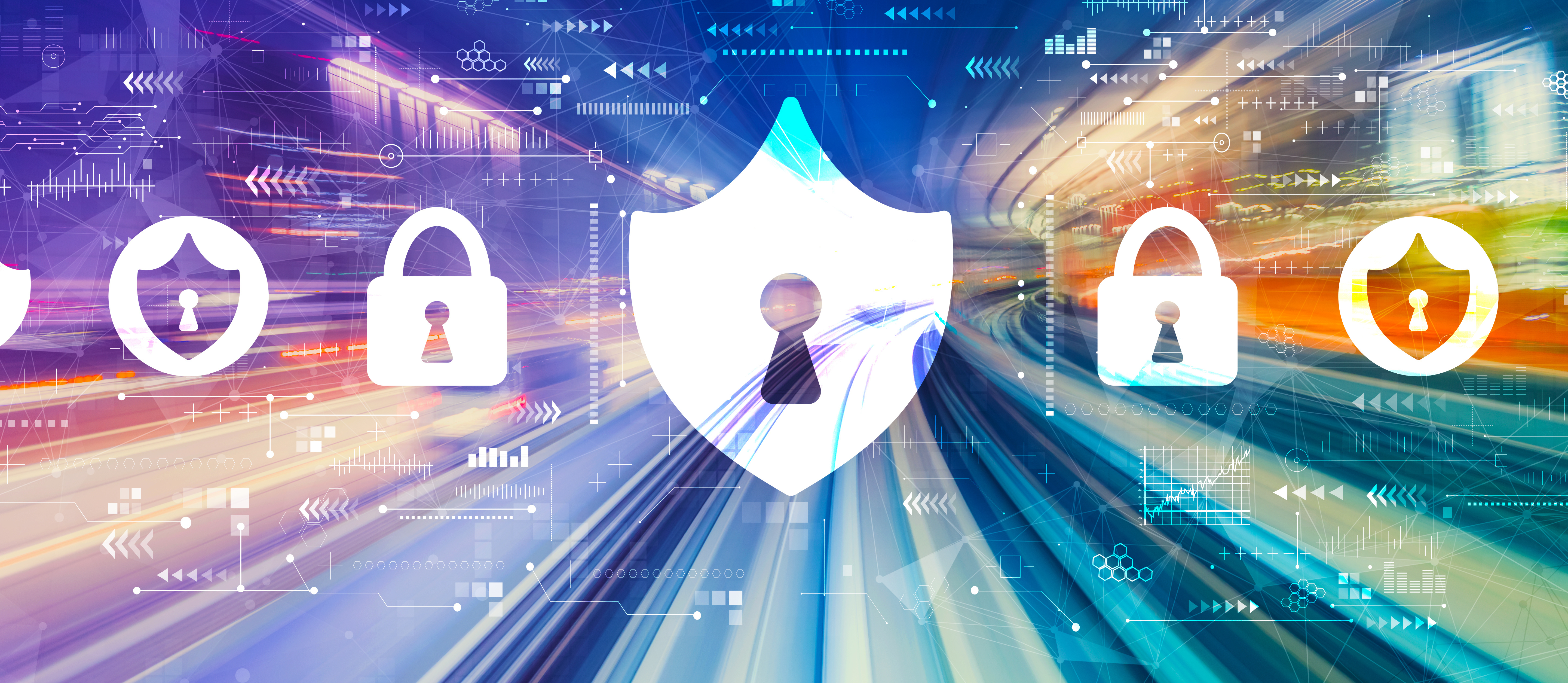The 3 Levels of Cyber Security
In an increasingly interconnected and digital world, the importance of security cannot be overstated. Whether it's safeguarding the virtual realm of networks and cloud environments or fortifying the tangible aspects of computing infrastructure, security measures are essential to protect sensitive data and ensure the smooth operation of businesses and organisations. This text explores three distinct but interconnected domains of security: Network Security, Cloud Security, and Physical Security. Each of these facets plays a vital role in the broader landscape of cybersecurity, addressing diverse challenges and threats that have evolved alongside technological advancements.
Cybercriminals will constantly devise new tactics and tools, necessitating ongoing vigilance and adaptation. Whether safeguarding data traversing digital networks, securing information stored in the cloud, or fortifying the physical infrastructure that underpins it all, the principles and practices outlined in these sections are indispensable for maintaining the security and integrity of computing ecosystems. In an era where the digital and physical realms intersect, comprehensive security measures are the linchpin for a secure and resilient future.
1. Network Security
Network security is the practice of protecting a computers network infrastructure from an array of threats and vulnerabilities. At its core, it revolves around three fundamental principles:
Confidentiality: Network security ensures that sensitive data remains private and is accessible only to authorised individuals or systems. Encryption technologies play a vital role in preserving confidentiality, making it difficult for any unauthorised parties to decipher the information being transmitted.
Integrity: Network security aims to maintain the integrity of data by ensuring that it is not tampered with during transmission or storage. Data integrity measures detect any unauthorised changes and ensure that information remains accurate and unaltered.
Availability: In addition to protecting data, network security also ensures that network resources and services are readily available to legitimate users when needed. Downtime due to cyberattacks or other disruptions can be costly, so network security measures work to prevent or minimise such incidents.
Key Components of Network Security
Network security encompasses a wide range of components and technologies, each serving a specific purpose in safeguarding networks. Some of the key components include:
Firewalls: Firewalls act as the first line of defence by filtering incoming and outgoing network traffic based on predefined rules. They help prevent unauthorised access and block malicious traffic.
Intrusion Detection and Prevention Systems (IDS/IPS): These systems monitor network traffic for signs of suspicious or malicious activity. IDS identifies potential threats, while IPS takes action to block or mitigate them in real-time.
Virtual Private Networks (VPN’s): VPN’s create secure, encrypted tunnels over public networks, allowing remote users to access corporate networks securely. They protect data in transit and maintain user privacy.
Access Control: Access control mechanisms, including authentication and authorisation, ensure that only authorised users or devices can access specific network resources.
Evolving Threats and the Need for Network Security
Network security is an ever-evolving field due to the constantly changing threat landscape. Cybercriminals continually develop new tactics and tools to exploit vulnerabilities and gain unauthorised access. Some of the evolving threats that network security must address include:
Malware: Malicious software such as viruses, worms, Trojans, and ransomware can infiltrate networks, compromise data, and disrupt operations.
Phishing and Social Engineering: Cyber attackers often use social engineering techniques to trick users into revealing sensitive information or executing malicious actions.
Advanced Persistent Threats (APT’s): APT’s involve sophisticated, long-term cyberattacks conducted by well-funded and organised threat actors. They often go undetected for extended periods.
IoT Vulnerabilities: The proliferation of Internet of Things (IoT) devices has introduced new security challenges, as many of these devices may have weak security measures or outdated firmware.
In response to these evolving threats, network security professionals and organisations must remain vigilant, regularly update security measures, and adapt to emerging risks to protect their networks and data effectively.
2. Cloud Security
Fundamentals of Cloud Security: Cloud security encompasses a set of practices, technologies, and policies designed to protect data, applications, and infrastructure hosted in cloud environments. It addresses the unique challenges and risks associated with cloud computing, which include the following key aspects:
Data Protection: One of the primary concerns in cloud security is ensuring the confidentiality, integrity, and availability of data stored in the cloud. Encryption, access controls, and data classification help protect sensitive information from unauthorised access and breaches.
Identity and Access Management (IAM): Managing user identities and controlling their access to cloud resources is crucial. IAM systems enforce correct authentication and authorisation to prevent unauthorised access.
Compliance and Governance: Cloud security involves aligning cloud deployments with industry-specific regulations and organisational policies. This includes managing compliance requirements, auditing cloud environments, and ensuring data sovereignty.
Shared Responsibility Model: Cloud service providers (CSP’s) and customers share responsibility for security. CSPs are responsible for securing the underlying cloud infrastructure, while customers are responsible for securing their data and applications within the cloud.
3. Physical Security
The Significance of Physical Security in Computing:
Physical security in computing is a critical component of overall cybersecurity, focusing on the protection of the physical assets and infrastructure that support digital systems. This includes safeguarding the hardware, data centres, servers, networking equipment, and even the physical access to endpoints such as laptops and mobile devices.
Data Protection: Physical security measures ensure that unauthorised individuals cannot gain physical access to servers or storage devices, thus preventing data theft or tampering.
Business Continuity: Protecting computing infrastructure from physical threats such as natural disasters, theft, or vandalism ensures that critical business operations can continue uninterrupted.
Preventing Unauthorised Access: Physical security measures like biometric access controls, security badges, and surveillance systems help prevent unauthorised personnel from gaining access to sensitive areas.
Regulatory Compliance: Many industries and regions have strict regulations regarding data security. Physical security measures are often necessary to comply with these regulations.


